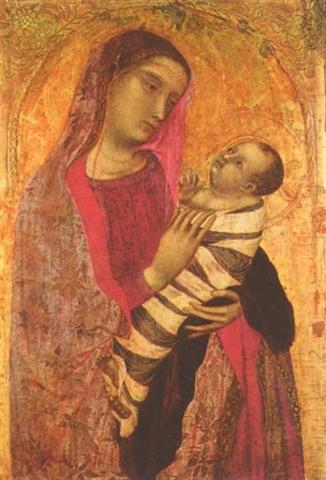Today happens to be March 25 (2014) and in Sweden this was traditionally the day when spring arrived. 3-25 could mean 325 = 13 * 25. The old Roman calendar had 350 regular calendar nights, and 7 * 50 = 350. From 325 to 365 there are 40 nights. Number 325 occurs as if it was a Sign in early calendar history: ... When Julius Caesar established his calendar in 45 BC he set March 25 as the spring equinox. Since a Julian year (365.25 days) is slightly longer than an actual year the calendar drifted with respect to the equinox, such that the equinox was occurring on about 21 March in AD 300 and by AD 1500 it had reached 11 March. This drift induced Pope Gregory XIII to create a modern Gregorian calendar. The Pope wanted to restore the edicts concerning the date of Easter of the Council of Nicaea of AD 325 ... Maybe we need to consider such information when trying to understand the beginning of the Mamari text. The Arabic manzil π day corresponds to March 26:
As I observed earlier there apparently is a connection between 3-25 and 5-25:
The latter number is also a historical year, it is said: "When the calendar system of Anno Domini was first introduced by Dionysius Exiguus in AD 525, he assigned the beginning of the new year to March 25 since, according to Catholic theology, the era of grace began with the Incarnation of Christ." (Wikipedia) Let's therefore begin with May 25:
Immediately we can identify this day with π. From March 25 to May 25 there are 145 - 84 = 61 days, which is promising because this number in 'underlined' in the H / P / Q texts. From March 25 to December 25 there are 359 - 84 = 275 (= 11 * 25) days. If we then add 61 days we will reach day 359 + 61 = 420, which is February 24. ... The ordinary year in the previous Roman calendar consisted of 12 months, for a total of 355 days. In addition, a 27-day intercalary month, the Mensis Intercalaris, was sometimes inserted between February and March. This intercalary month was formed by inserting 22 days after the first 23 or 24 days of February; the last five days of February, which counted down toward the start of March, became the last five days of Intercalaris. The net effect was to add 22 or 23 days to the year, forming an intercalary year of 377 or 378 days ... I think we should understand tapa-mea as the 'red cloth' of birth, which necessarily must be balanced by the black cloth of death: ... When the man, Ulu, returned to his wife from his visit to the temple at Puueo, he said, 'I have heard the voice of the noble Mo'o, and he has told me that tonight, as soon as darkness draws over the sea and the fires of the volcano goddess, Pele, light the clouds over the crater of Mount Kilauea, the black cloth will cover my head. And when the breath has gone from my body and my spirit has departed to the realms of the dead, you are to bury my head carefully near our spring of running water. Plant my heart and entrails near the door of the house. My feet, legs, and arms, hide in the same manner. Then lie down upon the couch where the two of us have reposed so often, listen carefully throughout the night, and do not go forth before the sun has reddened the morning sky ...
|









